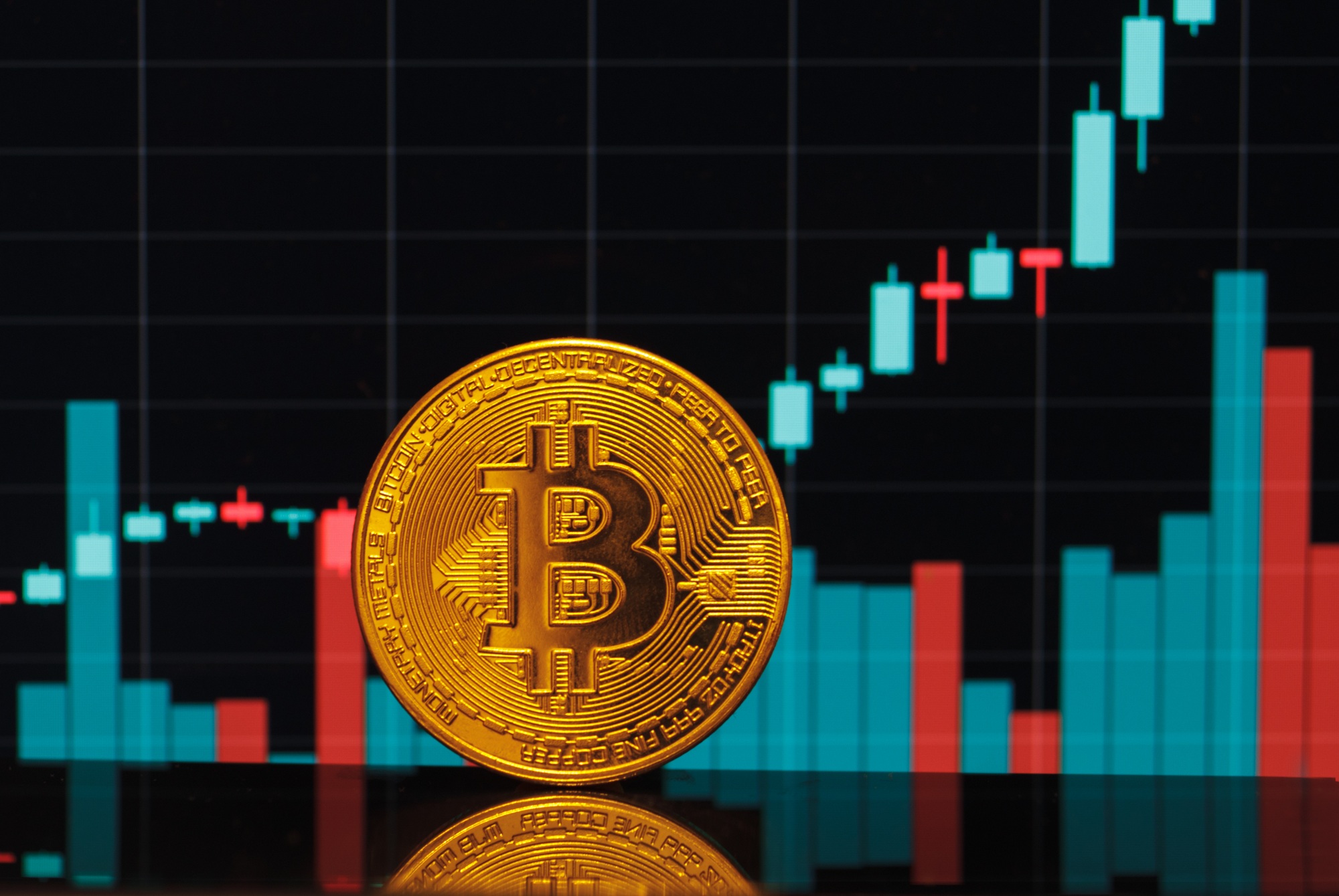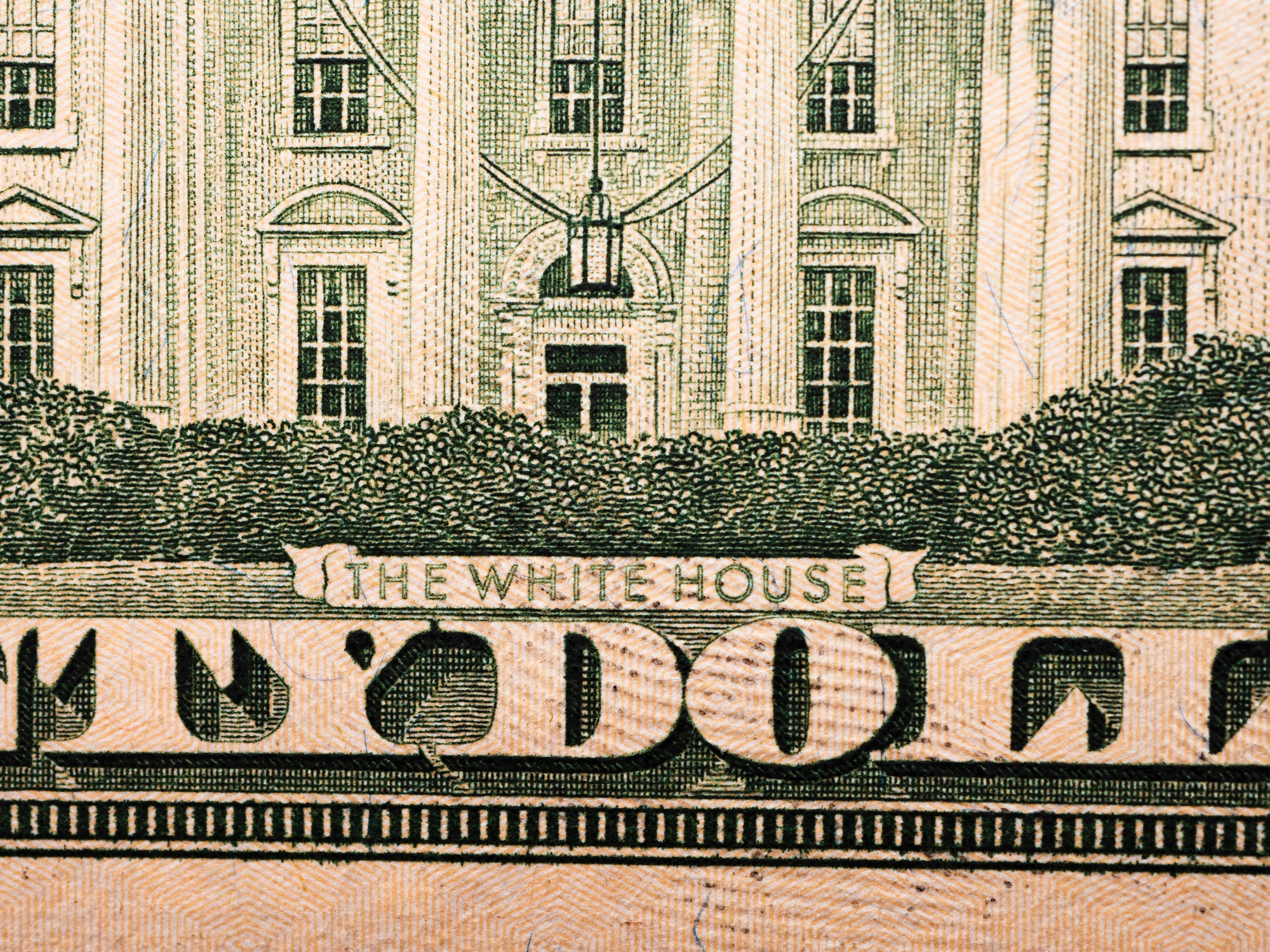
In a strategic move to enhance enterprise financial operations, Brex and Zip have announced a partnership aimed at streamlining expense management and procurement processes. This collaboration, revealed on May 20, 2025, signifies a concerted effort to provide comprehensive financial solutions for large organizations. A Unified Approach to Enterprise Finance Brex, known for its corporate credit cards and expense management tools, and Zip, a procurement software provider, are integrating their services to offer a seamless experience for enterprise clients. The partnership is designed to address the complexities of financial workflows in large organizations, providing a unified platform for managing expenses and procurement. Driving Efficiency and Transparency By combining Brex’s expense management capabilities with Zip’s procurement solutions, the partnership aims to eliminate redundancies and enhance transparency in financial operations. This integration is expected to facilitate better decision-making and compliance, crucial factors for enterprises navigating complex financial landscapes. Positioning for Public Offering The collaboration also aligns with Brex’s broader strategy to prepare for a potential initial public offering (IPO). By expanding its service offerings and strengthening its position in the enterprise market, Brex is positioning itself as a comprehensive financial solutions provider, appealing to a broader investor base. Market Implications The partnership between Brex and Zip reflects a growing trend in the fintech industry, where companies are joining forces to offer integrated solutions that address the multifaceted needs of enterprise clients. This move is anticipated to influence competitive dynamics in the sector, prompting other fintech firms to explore similar collaborations. Looking Ahead As the partnership unfolds, stakeholders will be monitoring its impact on Brex’s growth trajectory and its readiness for a public offering. The success of this collaboration could set a precedent for future alliances in the fintech space, emphasizing the importance of integrated solutions in meeting the evolving demands of enterprise finance.









